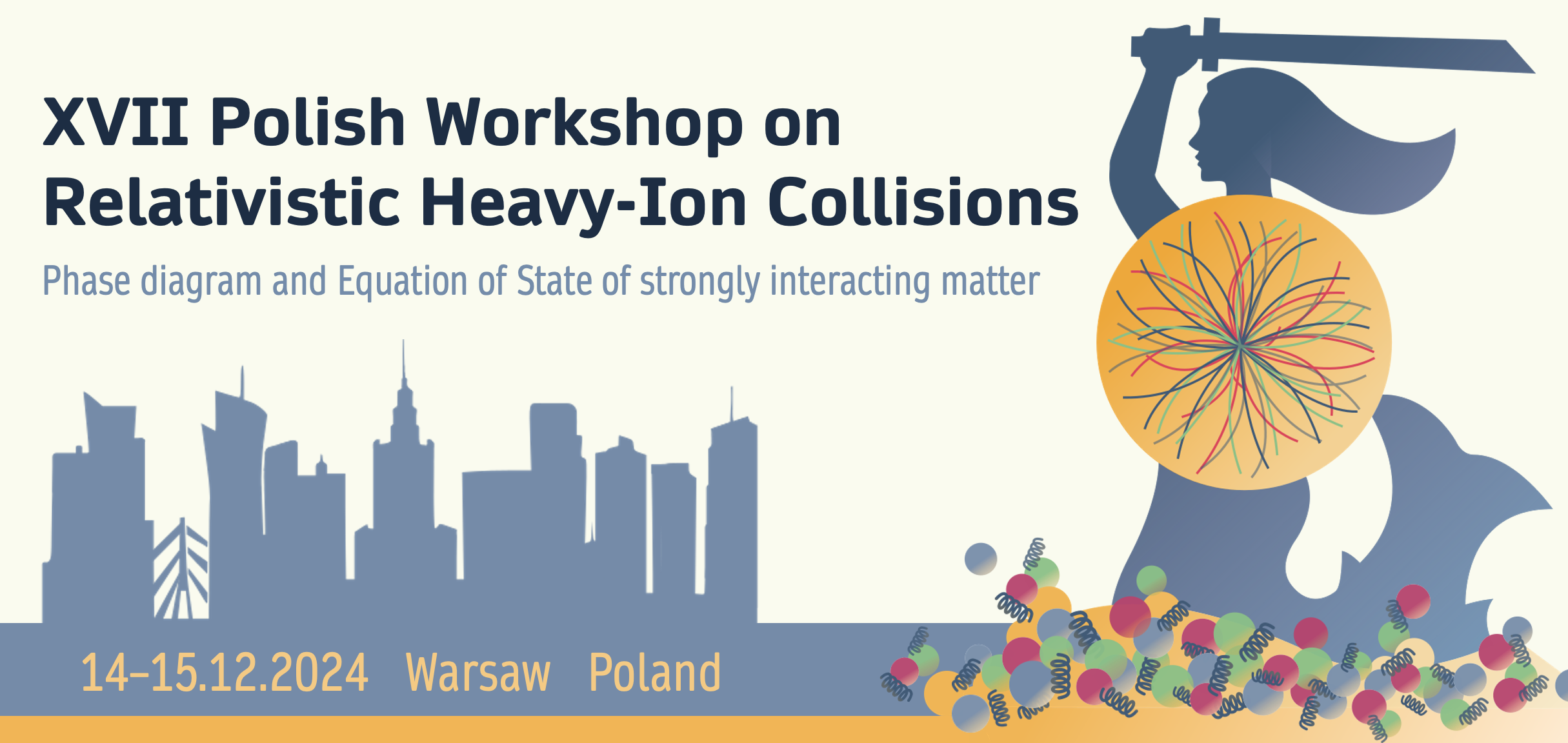Conveners
Session 1: Saturday morning
- Hanna Zbroszczyk (Warsaw University of Technology (PL))
- Stanisław Mrówczyński
We extend the derivation of second-order relativistic viscous hydrodynamics to incorporate the effects of baryon current, a non-vanishing chemical potential, and a realistic equation of state. Starting from a microscopic quantum theory, we build a quasiparticle approximation to describe the evolution of hydrodynamic degrees of freedom, highlighting its connection to the Wigner formalism. We...
The QCD phase diagram is expected to be affected by the system size for small volumes. The most common strategy to study these effects in theoretical models is to consider the constraints in momentum space imposed by the finite spatial extension. The different approximations in the various models show similar behavior in some aspects but very different details for the phase diagram and the...
Although it is conjectured that a phase transition from hadronic to deconfined quark matter is possible in the ultrahigh density environment in Neutron Stars, the nature of such a transition is still unknown. Depending on whether there is a sharp or slow phase transition, one may expect a third family of stable compact stars or “twin stars” to appear, with the same mass but different radii...
The density functional theory (DFT) is one of physics's most popular methods for simulating systems' microscopic properties. It allows for studies of many-body Fermi systems' static, dynamic, and thermodynamic properties in a unified framework while keeping the numerical cost at the same level as the mean-field approach. The development of (super)computing techniques in the last decade allows...
The existence and location of the QCD critical point are key topics of experimental and theoretical research in heavy ion collisions. The NA61/SHINE experiment at CERN SPS provides valuable data to study how different correlation and fluctuation observables depend on collision energy and the size of colliding nuclei.
This contribution will summarize the status of NA61/SHINE critical point...
We investigate the evolution of charm quarks in hot QCD matter employing the effective quasiparticle approach. In this framework, the QGP comprises the quasi-quarks and -gluons with the dynamically generated masses linked to the lattice QCD equation of state. Using the kinetic rate equation, we study the production of the $(c\bar{c})$ pairs for two distinct scenarios of the QGP evolution: the...
One of the most effective techniques for investigating the mechanism of baryon
production is the study of angular correlations between two particles. Angular correlations represent a convolution of various physical processes, such as
mini-jets, Bose-Einstein quantum statistics, conservation of momentum, resonances, and other phenomena that contribute to the unique behavior observed
for...
